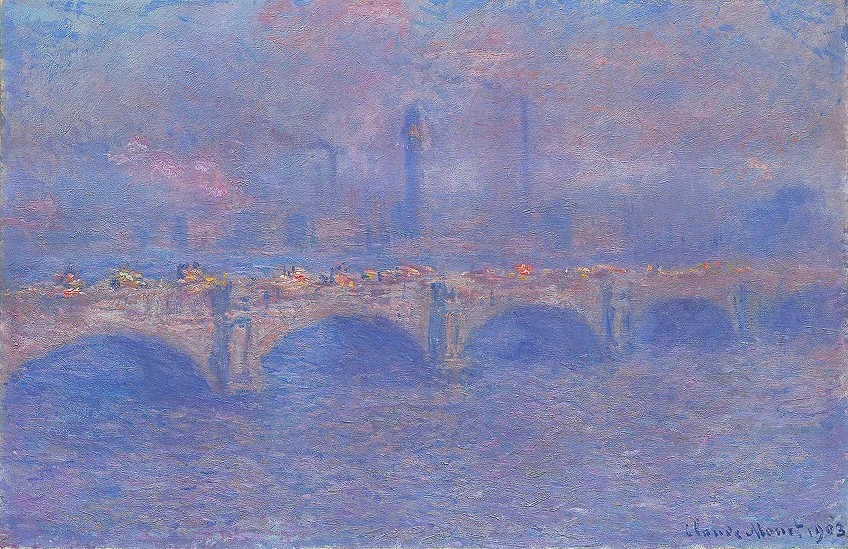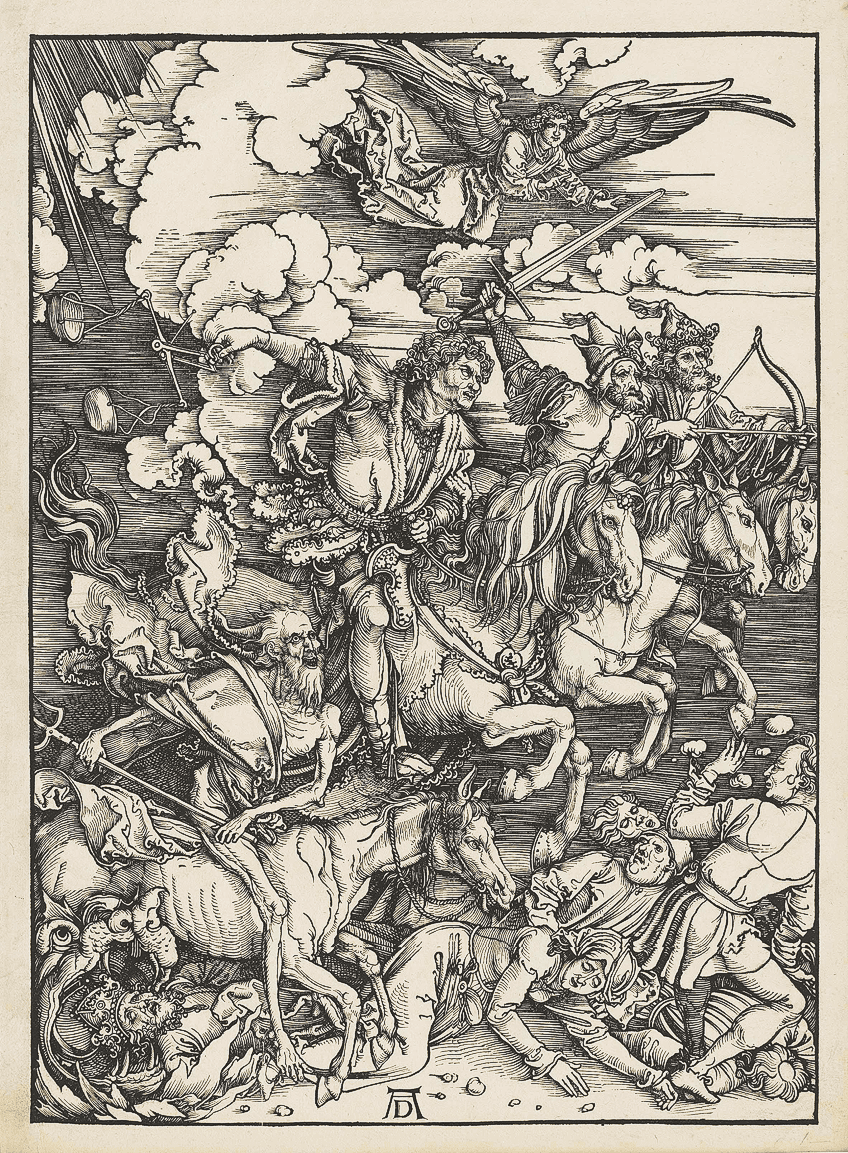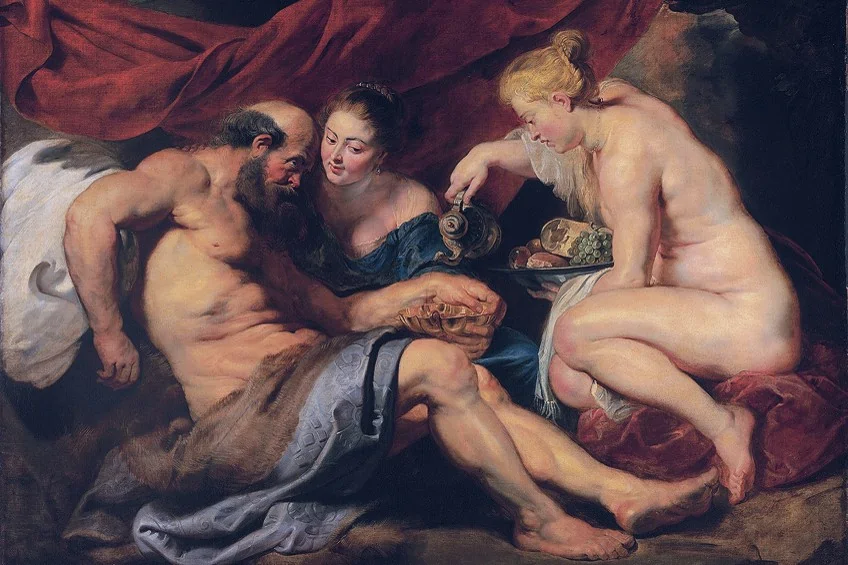Value in Art – The Importance of Value as an Element of Art
What is value in art? What purpose does value as an art element hold? The term value can be assigned to multiple roles within different sectors of the art sphere. This article will introduce you to value as an element of art as well as its place in the broader art realm about assessing artwork and examples of art with value.
The Seven Elements of Art
To understand and place value on art, you must have a basic grasp of the seven art elements and how they are used to interpret an artwork. The seven art elements help piece together the creative narrative of an artwork, from subject matter to production. The elements of art are line, texture, shape, form, color, space, and value. Below is a table for your quick review of the seven elements of art.
| Art Element | Definition |
| Line in art | Line refers to the path that is formed between two points. Lines vary in shape, width, and length. |
| Shape in art | Shape is defined by its limits; height and width. Shape is used to render objects as two- or three-dimensional. |
| Color in art | Color is defined by three factors: hue, value, and chroma (or intensity). |
| Form in art | Form is defined by height, width, depth, and an enclosed volume with two-dimensional features that create a three-dimensional object. |
| Texture in art | Texture refers to the tactile sensation evoked by a visual stimulus that mimics the surface of a particular object. |
| Space in art | Space is made up of negative and positive space and can be thought of as the relationship between the main subject of an artwork and all the other elements that make up the whole of the artwork. |
| Value in art | Value refers to the darkness and lightness of a color, as seen in color theory. Value can also be interpreted through monetary, social, and political contexts. |
Value in Art: What Does This Mean?
Value, as seen in the summary table above, refers to one of the elements of art that is defined by the darkness and lightness of a color. Value, at its basic and practical understanding in art, is often used in the context of art elements and understanding the building blocks of an artwork. The use of value in color theory is the first layer of unpacking value since most of us are visual learners first.
Value is thus one of the most important elements of art and is said to significantly impact the success of an artwork.
A useful visual to help you understand value as an element of art is to refer to the value scale, which is infinite in its transition from white to black but is also made digestible for artists as a 9-point scale. What does this mean for color? Almost all colors on an artwork will have an underlying value found on the value scale. You can find two very different colors with the same underlying value and the artwork may not have as much of a punch factor compared to an artwork that has colors with underlying values that create contrasts.

If you had to remove the actual hue from the color wheel, you would find that each color varies in value. A simple way to visualize this is to picture the color yellow alongside the color green. Ask yourself which of the two is brighter and immediately you might associate yellow with brightness simply because the value for yellow hues falls along the lighter to medium grays of the value scale.
A “darker” color such as green would fall closer to the color black on the value scale.
While color or hue may be important in your artwork, it is the underlying structure of color, and value, that determines the effectiveness of the hue and thus the visual impact of your artwork. As with food, we eat with our eyes first. In art, it is almost the same. Color is extremely important but paired with value, any color palette can be made great.
The Uses of Value in Art
Value can be applied within art in a variety of different ways to achieve different objectives in an artwork. Some of the ways that value can be applied, quite literally in the context of color and practical application, are furthered discussed below.
Light and Emphasis
Value can also be used to create an illusion of light by applying different tonal and color values. In effect, the more tonal variants there are in an artwork, the less contrast there is. A high contrast image on the other hand contains less tonal values and more emphasis is placed on the stronger hues (black and white).
Since the purpose of value in art is linked to the brightness and darkness of color, value, therefore, serves the purpose of creating light to highlight texture, create contrast (emphasis), and depth.

Emphasis in Photography
Aside from traditional mediums like painting and drawing, photography is one such medium that is heavily based on the manipulation of light. Alongside photography is other editing software that helps artists to manipulate the hue and tonal value of images to create emphasis and construct a “well-balanced” image.
Photographers also create dimension and frame the foreground and background of an image by using low-contrast colors.
Value in Op Art and Illusion
Artworks that contain colors with similar values and a low contrast create an illusion of movement. Artists such as Agnes Martin made use of slight variations in hue with the same underlying values to guide viewers into sharing her vision. An example of similar values with different hues can be seen in her painting, With My Back to the World (1997), which showcases a minimalistic representation of several horizontal bands of pastel colors.
Often classified as abstract art under the guidance of mathematics, optical illusion art is a genre of art that manipulates the representation of imagery to create different visual effects.

These effects make use of perspective, color, and most importantly – value – to bring about the desired sense of motion or an illusion. Take for example the work of British artist, Richard Allen who is considered one of the best Op art artists who experiments with the idea of the relationship between art and science. Allen uses color, value, and line to create complex optical illusions on flat surfaces.
Extreme values often feature in optical illusion art and make use of black and white to construct these mathematically-inclined minimalist illusions.
Value in Art Examples
Briefly mentioned above, the works of Richard Allen and Agnes Martin showcase the use of value in art as applied to an optical illusion, contrast, and the effect of similar underlying values in an artwork. Below are a few value in art examples that can help you build on the meaning of value.
High-Value Artworks
Second to its relationship with color, value is also understood in terms of an artwork’s monetary value in the commercial art world. After all, why do people make art if not to carry some form of value, regardless of monetary value? What makes an artwork highly valuable? What are the characteristics of high-value art?
You may ask yourself these questions when it comes to determining the value of your own artwork, but it is useful to look at some of the world’s most highly valued artists and art with value to gain some insights.
Head of a Muse (1510) by Raffaello Sanzio da Urbino
| Artist | Raphael (1483 – 1520) |
| Date | 1510 |
| Medium | Black chalk over pounce marks, traces of stylus with watermark encircled Saint Anthony’s cross |
| Dimensions (cm) | 30.5 x 22.2 |
| Where It Is Housed | Private collection |
| Estimated Worth | $48 million |
This commissioned piece by Italian master Raphael served as a draft sketch for the artist’s upcoming fresco, The Parnassus (1509-1511), which illustrated the mythical narrative of Mount Parnassus, the home of Apollo and the nine muses. The monetary auction value of this artwork was initially placed at £16 million but was very much in demand from two anonymous buyers who battled it out for a draft sketch by an old master.
The artwork was sold by Christie’s for a total of £29 million.

Another work by Raphael, Head of a Young Apostle, was executed later in 1519 to 1521 and sold for $47.8 million in 2012. Value in terms of color in the drawing is seen created using finer strokes of black chalk to create a darker tone over the sharper or “darker” facial features of the subject.
Since this is a drawing, value is seen directly in the contrast between the lightness of the page and the medium of black chalk.
Lot and his Daughters (1613 – 1614) by Sir Peter Paul Rubens
| Artist | Sir Peter Paul Rubens (1577 – 1640) |
| Date | c. 1613 – 1614 |
| Medium | Oil on canvas |
| Dimensions (cm) | 190 x 225 |
| Where It Is Housed | On long-term loan to the Metropolitan Museum of Art, New York |
| Estimated Worth | $58.2 million |
Purchased by a charitable foundation during Christie’s summer sale for a whopping $58.2 million, Lot and His Daughters (1613-1614) is currently housed at the Metropolitan Museum of Art. The painting depicts the twisted biblical story of Lot who was seduced by his daughters.
The painting lay in the collection of many high-profile collectors, including the first duke of Marlborough and John Churchill.

Value as the art element about color is varied in this artwork since Rubens makes use of value to highlight the scene at hand and separate the subjects from the background by using underlying values with lighter tones on the flesh of the subjects.
This creates a contrast to the stark black shadows and almost vignette shadows surrounding the four corners of the painting.
Among the other old masters considered “high value” artists include Rembrandt van Rijn, Sandro Botticelli, J. M. W Turner, Edgar Degas, Francesco Guardi, and Leonardo da Vinci whose artworks have sold for millions. These examples of art with value in terms of monetary value give us insight into what exactly makes an artwork valuable.
What Makes an Artwork Valuable?
Let us take, for example, da Vinci’s Salvator Mundi (1500), which sold for just over $430 million in 2016 at Christie’s in New York. The buyer was revealed to be the Crown Prince of Saudi Arabia, Mohammed bin Salman. Why is this painting’s value so high? You may immediately draw an association with its artist, Leonardo da Vinci, who is also famous for painting the Mona Lisa (1503). The value of an artwork can also be determined by the social value of the creator.
Da Vinci’s record in history places him as a highly talented individual who was an inventor and proponent of the High Renaissance.
Most old masters in art history are considered masters due to their impact on the art world and broader art history. The majority of art movements usually start with an aversion to societal and cultural norms. It can therefore be said that many old masters accumulated their value and rank in art history by becoming either the best technical talents in their specialty or the revolutionary agents of change and innovation.

While value can be determined by an artist directly, having an extra pair of eyes helps too. Purchasing artwork directly from an artist or artist’s dealer falls under the primary market. All other channels of purchasing art fall under the secondary market and this is where artists who have gained a higher level of stature tend to circulate.
Here, the art made by an artist relies upon supply and demand and secondary-market artists can receive further support from independent dealers who buy and sell artworks of a particular artist, exclusive of any direct relationship with the artist.
This helps keep the artist’s reputation in circulation and contributes to sustaining the value of art. So what else contributes to the value of an artwork in the context of its market value? There are five distinct areas for assessment when it comes to determining value in art. These include provenance, condition, authenticity, exposure, and quality. When an artwork leaves the primary market, it is said to have acquired provenance, otherwise understood as a record of ownership for a valuable item.

Value, in light of provenance, works in conjunction with the previous collector of an artwork and can contribute to the increase in value of an artwork if the collector was a prolific or celebrated personality. The maximum additional value that can be added to such works of impressive provenance is around 15%. Another factor that determines an artwork’s value is the physical condition of the artwork.
A condition report by a specialist who focuses on works in the same genre of art or period with excellent credentials is key to aiding the value estimation process.
Having a condition report means that you have a detailed report on the artwork’s physical health and saleability. Physical condition about value is subject to cultural change and preference depending on the year that the artwork was produced, the artist in question, and buyer preferences. Out of all the factors for considering the value of an artwork, the quality of an artwork is the most important. Many artists, even the old masters, did not always produce a consistent quality of work.

Quality can be recognized by a “trained eye” and by the broader realm of an artwork’s genre. If faced with an artwork that seems unthought of and abstract may appear as exactly that and taken at its surface level visual evaluation while on the other hand, someone who is knowledgeable on the artist or styles associated with abstract art will find greater value in appreciating the artwork. Hence, value is also in the eye of the beholder.
Whether it is mastery over medium, application of value in color theory, or the artist’s reputation, value can be determined in different ways. One thing that can be said about this art element is that its longevity across the artwork’s lifecycle and into the realms of the financial art market places it as a crucial component to consider in your practice.
Frequently Asked Questions
What Is Value in Art?
Value in art refers primarily to the element of art and its application in color theory as either the lightness or darkness of color in an artwork. Value in art can also refer to the monetary market value of artwork determined by different factors.
What Makes an Artwork Valuable?
Some of the characteristics that make an artwork valuable include the social reputation of the artist in the art sphere, the artwork’s provenance, its quality, condition, authenticity, and exposure.
What Is the Most Valuable Artwork in the World?
Salvator Mundi (1500) by Leonardo da Vinci is considered the most valuable artwork in the world, having sold for just over $430 million.
Jordan Anthony is a Cape Town-based film photographer, curator, and arts writer. She holds a Bachelor of Art in Fine Arts from the University of the Witwatersrand, Johannesburg, where she explored themes like healing, identity, dreams, and intuitive creation in her Contemporary art practice. Jordan has collaborated with various local art institutions, including the KZNSA Gallery in Durban, the Turbine Art Fair, and the Wits Art Museum. Her photography focuses on abstract color manipulations, portraiture, candid shots, and urban landscapes. She’s intrigued by philosophy, memory, and esotericism, drawing inspiration from Surrealism, Fluxus, and ancient civilizations, as well as childhood influences and found objects. Jordan is working for artfilemagazine since 2022 and writes blog posts about art history and photography.
Learn more about Jordan Anthony and about us.
Cite this Article
Jordan, Anthony, “Value in Art – The Importance of Value as an Element of Art.” artfilemagazine – Your Online Art Source. September 5, 2022. URL: https://artfilemagazine.com/value-in-art/
Anthony, J. (2022, 5 September). Value in Art – The Importance of Value as an Element of Art. artfilemagazine – Your Online Art Source. https://artfilemagazine.com/value-in-art/
Anthony, Jordan. “Value in Art – The Importance of Value as an Element of Art.” artfilemagazine – Your Online Art Source, September 5, 2022. https://artfilemagazine.com/value-in-art/.



